Humming Blog |
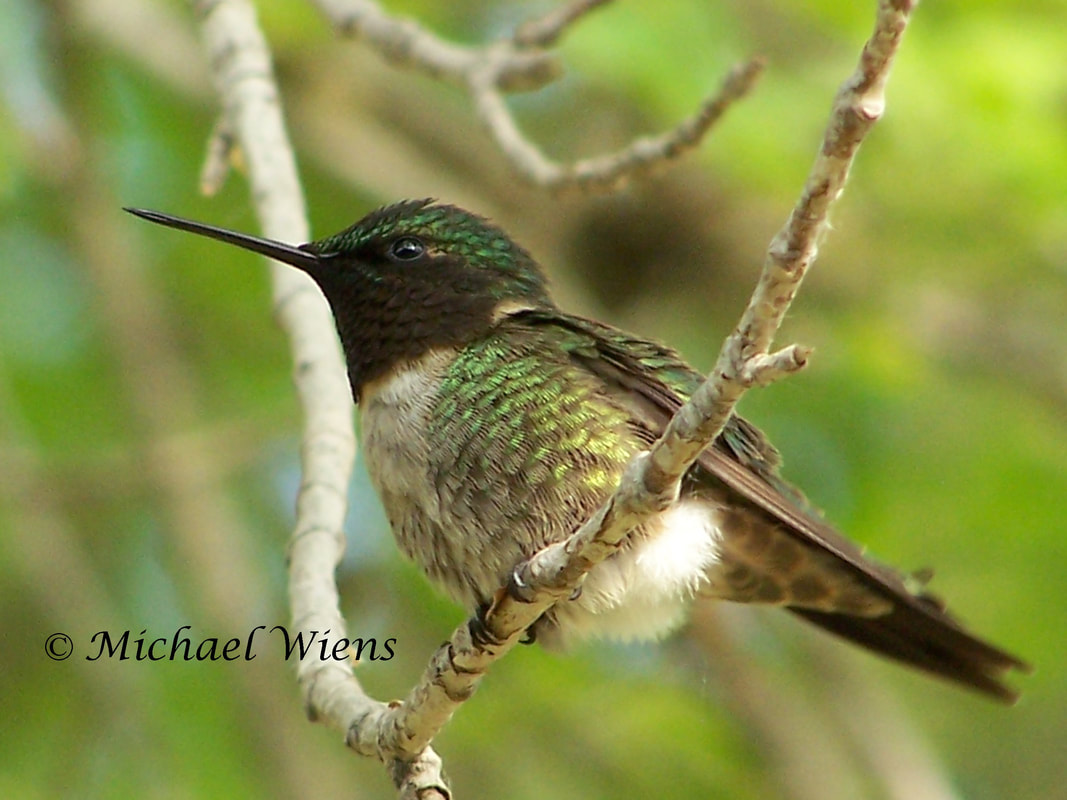 Living in the northernmost region of the hummingbird's territory makes me one of the last to receive my hummingbirds. The 2 1/2 month wait from the time they enter the Southern United States builds my anxieties to a dangerous level. Winters of the north are far too much for even the fattest goose, and as for me, eight months of torpor would suffice through those negative temperatures. As many hummingbirds won't survive the previous southern migration, predators, and the northern migration, I sit anxiously and wait for my locals to return. Will it be a new male that establishes territory in our yard, or will it be good ol' Ziggy. The older these birds get, the wiser and more alert they are of dangers. I believe the average age is highly dependent on a few variables. For those that travel the shortest distances, they may gain a few extra years. For those travelling the greatest distances, they'll probably encounter many more dangers in their larger area covered. I not only wait to see my hummingbirds return, but I hope many will be my regulars from the previous year. Most of the time their behaviors are very similar to all the rest, but Ziggy is unique. Although many hummingbird's appear to have A.D.D, Ziggy has a more severe case. They all typically fly in a straight line, and gradually veer in the direction of their intended location, not Ziggy. He appears to change his mind every couple of seconds, which makes his flight pattern even too tough for missile detection, and the reason he got his name. Will it be Ziggy that'll arrive? Did he survive the past year with all the dangers? Only time will tell. Adult Male Ruby-throat hummingbird. N.E. of Edmonton, Alberta, Canada. June 2017
1 Comment
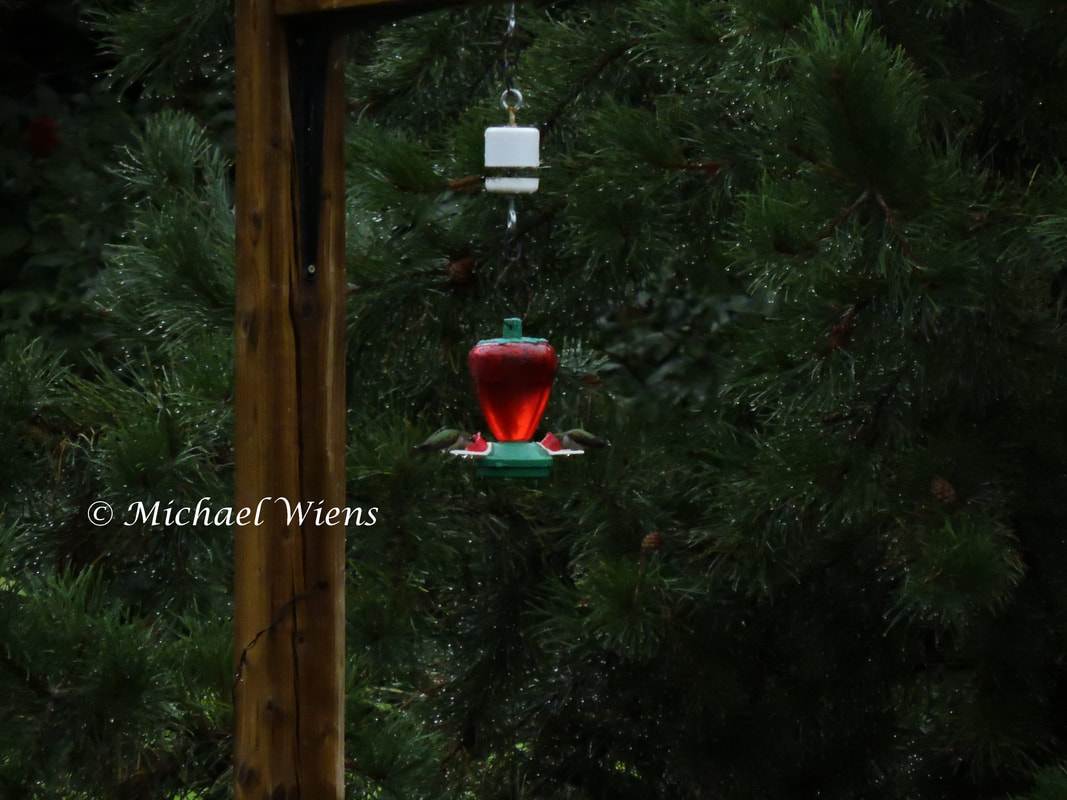 Everyone looks forward to receiving their hummingbirds from the previous year, but are you reaching your full potential in hummingbird sightings? People put out feeders according to the times they previously saw hummingbirds, but are they catering to just a select few? To increase your numbers you have to understand there's a greater potential than what many realize. There are 3 significant groups of birds that we have to focus on and not just the few we expect to return from the previous year. First we have to break down the birds into categories. Your "Locals" are Your birds. They are the ones that specifically use your garden or yard as a significant part of their territory and return year after year, knowing that garden belongs to them. They rely on food in your garden, and know that every time they arrive they'll have sufficient amounts of nectar and protein. They depend on you as a main source of food. They will nest relatively close by, and bring the young when mature. These are the birds we highly depend on as our regulars. Secondly, we have Migrants. Every hummingbird must feed, and feed a lot on its way to its chosen or "yet to be chosen" breeding territory. The further south you live, the greater number of migrants you'll have because every migrating bird has to travel through the southern regions to get to its territory somewhere north of that. The further north you are, the less migrants you'll attract, as some people will live at the furthest north part of the hummingbirds' breeding territory, with no migrants needing to travel further. Many young males and females from the previous year will go to their previous summer location, but will be forced to find their own territories. This is another group within the migrants that we try to attract. Thirdly, we get Casuals or Random birds. This is a group of birds that have a already established territories. However, they will always search out regions around their territory for alternate food sources. They won't limit themselves to just one garden, but they will remember every location of significance. If we put out feeders on the day we normally do earch year, we potentially lose more sightings than what's possible. The hummingbird migration lasts for several weeks, which means many people that cater to their locally arriving birds could lose out on a large number of migrant birds. Many leave a lot earlier than others. Your locals could be days or even weeks behind some that need to get to a region far north of you. If I could give a few pieces of valuable advice, this would be it. 1. Get your feeders out at least 7-10 days before the normal arriving times of your locals. 2. Create the greatest visibility of feeders and flowers around all sides of your property. No matter where birds are flying, you want them to have clear visibility of food options. Don't just place feeders where you want to see them, place feeders where your greatest potential can be reached. 3. Feeders are valuable! This is not to say flowers are not, but in Spring time when it's entirely adult birds moving north, they know that basically all feeders contain a consistently rich nectar that requires little energy to feed from, but with a huge gain in return. Don't confuse the young birds from the previous year with Spring hummingbirds. Young often times have to figure out what a feeder is before they'll use it, but adult hummingbirds will know their value and rarely refuse one. I believe that if you apply these tips, you will increase your numbers each year, including building up your local population. 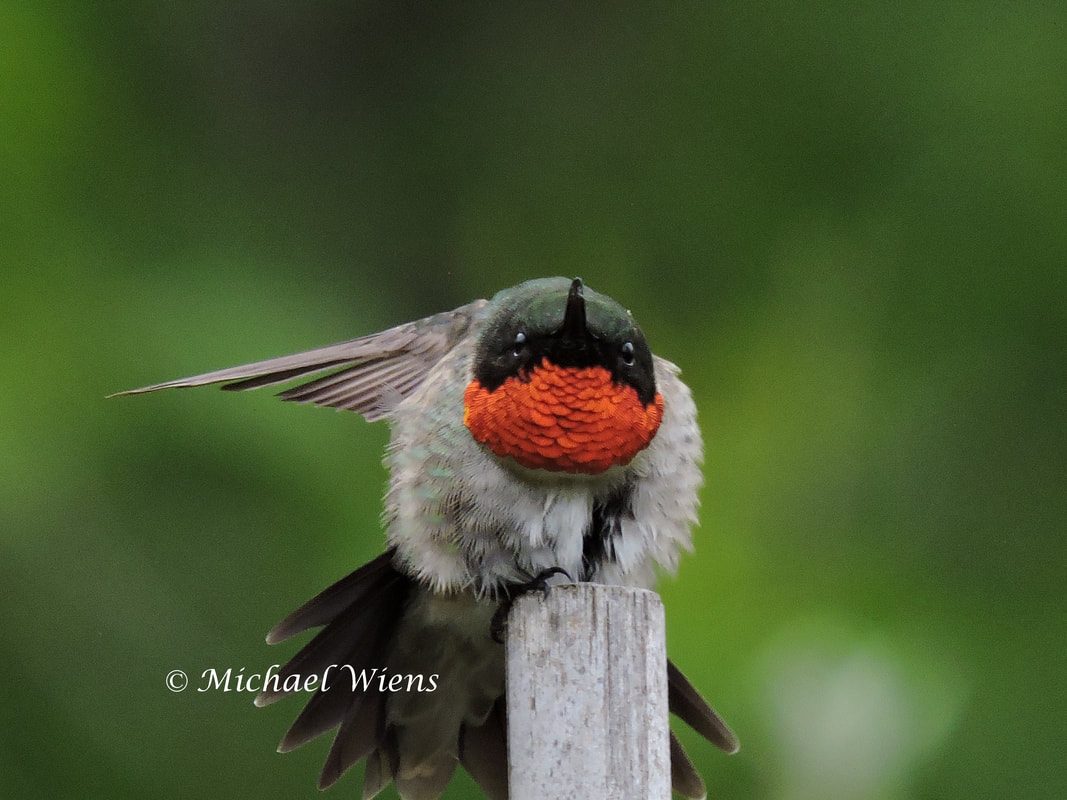 At first glance those piercing little eyes and fiery throat make this little guy look like a fierce little firecracker. It's always so impressive to see brilliant neon flashes of color on hummingbirds or any birds for that matter. It looks like a bit of the tropics when you're so used to dull or bland looking birds in the North. That's probably the reason so many people get excited when they see Goldfinches, Western Tanagers, Rose Breasted Grosbeaks and more. They bring a bit of bling from the South and confirm to us that summer has truly arrived. Here's my dominant male Ruby-throat hummingbird from the past few years. He looks a bit angry, but was just doing the duck and stretch before flying off. It was a cloudy day, but perfect for capturing his natural colors. He chose about 5 locations around the garden and waited for any arriving females. Hummingbirds are Polygamous and will mate with multiple females throughout the breeding season. They don't pair up with a female or take part in the nesting process either. They do, however, guard their territory like nothing else of their size, and show a fair bit of attitude. N.E. of Edmonton, Alberta, Canada. August 2015. 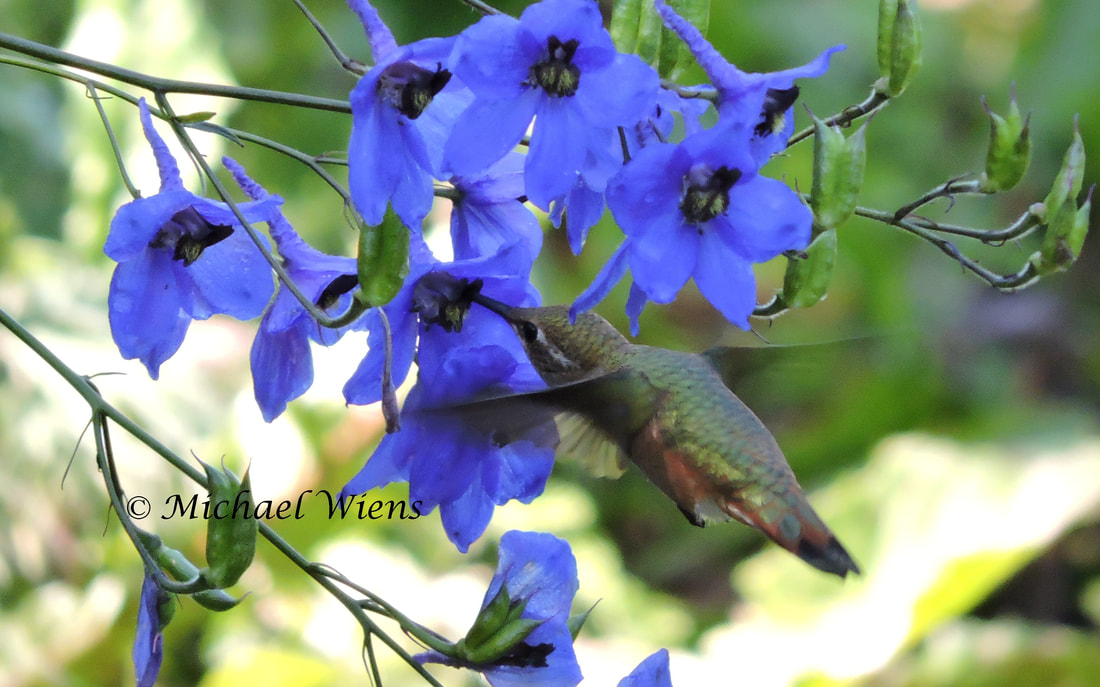 At the peak of the season, hummingbirds were coming and going. The adult male Ruby-throats were guarding each of their feeders while the young were constantly trying to sneak a drink. Squeaking and squabbling was going on everywhere. It was a mix of excitement and anger as many of the young found our garden quite appetizing, while the adults were quite annoyed with their presence. For hours the squeaking continued, but one ornery little bird stood out among the rest. It sounded like the others but with a little more crankiness in it's tone. I thought nothing of it for the longest time, but eventually questioned the unusual sound coming from the back corner of our garden. It didn't stray from that area, but was loud enough to hear from the house. I slowly walked to the back corner and sat for a short while. It didn't take long before this stranger appeared in the Delphiniums around me, and it was only a matter of seconds before its flashes of copper made me aware it was a Rufous. For the remainder of that evening and the first hour the next morning I sat among the flowers trying to capture the rare Rufous. I managed a few decent shots, but by its awareness of me it kept a fair distance. Juvenile Rufous hummingbird, N.E. of Edmonton, Alberta, Canada. August 2016 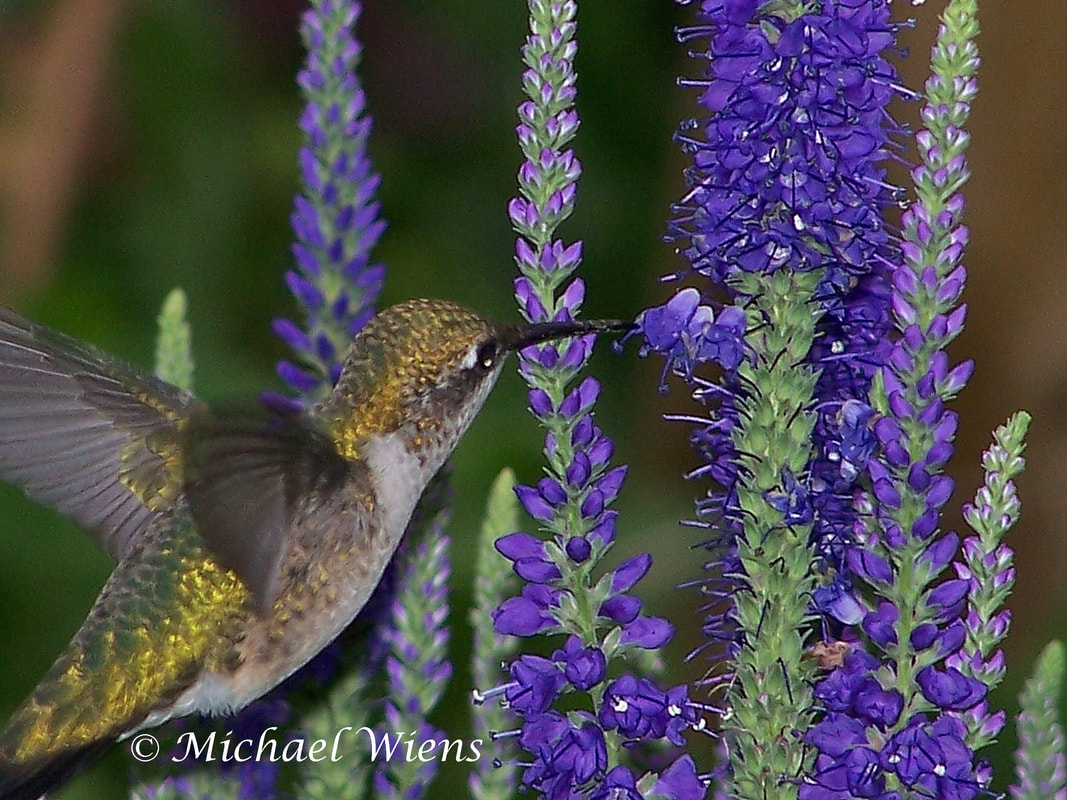 It can be difficult finding perennials that consistently attract hummingbirds, especially in northern regions where harsh winters can decimate them. I had a neighbor give me a small perennial that self-seeded in an unwanted location. It was a Veronica, also known as Speedwell, which is a relatively hardy perennial, from zone 2 to 11. It produces a series of stalks with tall pointed heads, consisting of a multitude of tiny flowers. They are common in purple/blue or even a darker pink. They will tolerate most types of soil and self-seed readily. I'm always a fan of those types of perennials, that once given a home, will fill an area on their own without too much energy required on my part. I haven't had them seed like a weed, but every so often, a few more appear in the vicinity of the parent plant. For about 5 years now I've seen consistent activity around the Veronica, which is always a good indication that it's more than just a taster plant. Every tiny flower has just a tease of nectar, but with a hummingbirds quick digital movements from one to another they gather a substantial amount of food. This young Ruby-throat hummingbird would repeatedly feast from this Veronica plant. Oftentimes the tiny blooms would stick to the end of it's bill as it drew backwards from the plant. N.E. of Edmonton, Alberta Canada. 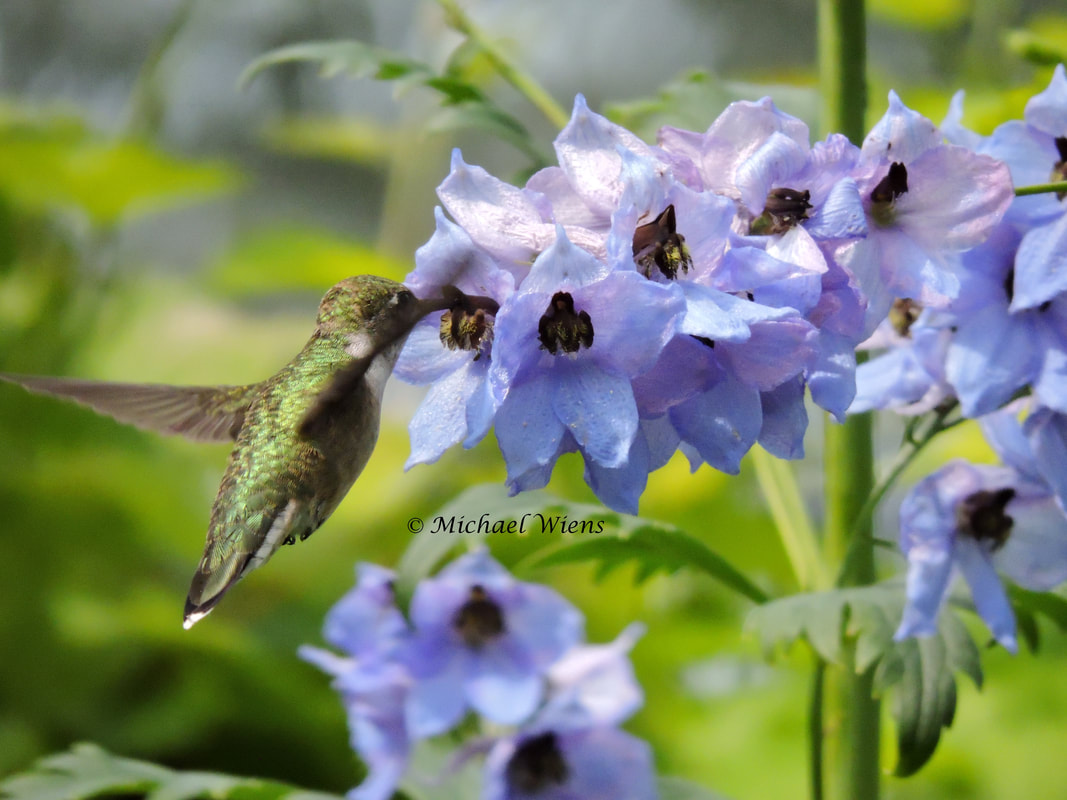 Quality of food types will always take priority over quantity when attracting hummingbirds, but quantity is necessary in attracting larger numbers, and keeping them around. Some flowers have very little nectar and eventually drop to the bottom of the list for hummingbirds, so quality keeps them interested. However, if you have a small source of food available to them, but they consume far too much energy in returning to your garden, then it goes against the rules of survival. Every living thing on this planet goes by the same principle - gain the most by spending the least. If you had the option between a bowl of carrots on your left, and a bowl of carrots on your right with a smorgasbord surrounding it, it's easy to predict your decision. The same principle applies to hummingbirds. If they have a garden full of favorites on one side of the street and a pot of flowers on the other, I can tell you with all certainty that hummingbirds will spend the majority of their time in the full garden. Quantity, options and quality gets all of our attention. Give them reasons to return and they will. Some people may be in a conundrum where they are limited for space. You also have options. Plant their favorites, and give them multiple feeder options. Don't just stick with one feeder. Surround your home with feeders, making them visible from all sides. This benefits you in several ways. One hummingbird won't dominate all feeders at the same time, and allows others to sneak in and get food. It also quadruples your attraction possibilities. If a hummingbird flies by your front yard, but you only have feeders in your back yard, you'll miss opportunities to attract new arrivals. When they know that they have multiple supplies of feeder nectar, they won't stray too far. Don't think that because you have a small garden that you can't attract hummingbirds. Once hummingbirds figure out feeders they will NOT forget them. They will nearly fight for their lives to get nectar from them. If you have garden space, make full use of it. Plant their favorites and stop at nothing in filling your garden with color. The more options you give them, the more likely they'll return, and the larger population you'll produce. It really is simpler than many think. Think like a bird. They see color, they're attracted. They see quantity, they're attracted. They see feeders, they're attracted. They see all of these things combined, they'll never forget your place. Image: Juvenile male Ruby-throat hummingbird feeding from a favorite Delphinium flower. N.E. of Edmonton, Alberta, Canada. August 2017 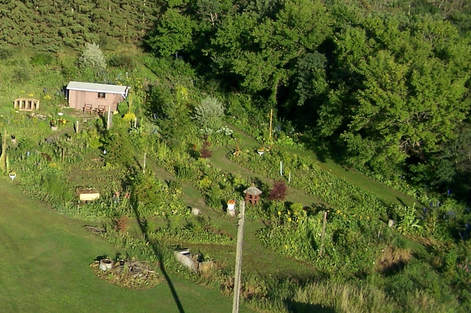 Years back when we first started creating our hummingbird garden, we had 3 acres of half treed land and open field. We started planting Pine, Spruce and a few deciduous trees. 5 years ago we had this second photo taken from a different angle. Trails were developed and it started to take shape. Today we have mature Pines, Spruce, Russian Olive and many others throughout our property. Half of an acre remains as our Hummingbird garden, with trails still winding throughout. Weeds used to be all we saw, but now has some shape and colorful trails. Every week when the lawn gets mowed, the trails winding throughout the property are also mowed. I drew a white line on the first image of the trail that I started over a decade ago. That trail still gets mowed and is now surrounded by many mature trees. If you were to walk the trail at a moderate pace, it would take about 15 minutes to cover the entire trail. The trees and Perennials now do their own thing, but we have several large red pots filled with hummingbird favorites, to keep large targets of color throughout the season. 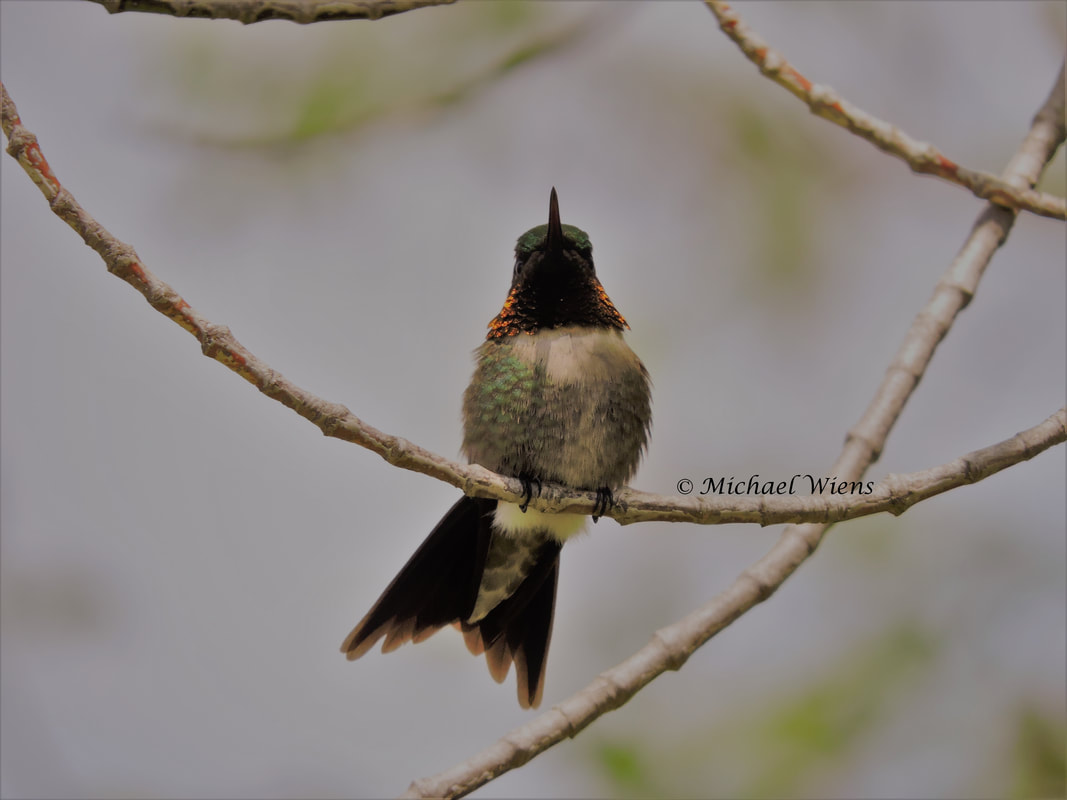 It's early in the year and hummingbirds are making their first appearances in gardens across the country. Millions of hummingbirds are following the blooms scattered from coast to coast, and somewhere in the mix are a select number of hummingbirds specially made for each garden. It's the time of year when residents across the continent drop all chores and house work, and ignore family members for the sake of a little bird. People become consumed with their presence and scream at one mere sighting. Many people will get on the phone and alert their neighbors, family and friends across the country that this mysterious little bird has shown up in their yard. Many will unguiltingly turn down wedding invitations of their family to simply stare at a hummingbird feeder, just for the slightest chance of seeing a single one of them. These birds simply have the power to transform our worst days into the best. As the countryside develops colour and the days grow longer, these magnificent little birds skip from flower to flower until they reach the destination of their calling. Which route they take and how many smiles each one will create is unknown, but behind every house window is a set of peering eyes anxiously awaiting their arrival. While the hummingbirds gradually move north from their winter homes, brilliant blooms of the south will keep them content while the northern thaw begins. From the time these birds start showing up in Southern United States to the time they reach their northernmost breeding regions, is approximately 2 1/2 months. Snow still covers gardens in the north while blankets of beautiful flowers brighten up the south, but every reported sighting across the continent brings excitement to every hummingbirder alive. It's a migration that lasts quite a while. While countless numbers continue to move north into Canada, many others remain in their chosen territory to start a legacy of their own. Many residents remain on their toes for days, and even weeks, to see if their regulars will return. "Hummingbirders" are a different breed. They'll claim hummingbirds as their own, and recognize the slightest details as a parent would its child. They'll worry every day a hummingbird doesn't return within its scheduled time, and lay awake at night hoping they'll survive the night time storm. Until we all see our very first hummingbird of the year, this is one thing that all "hummingbirders" have in common. We sit and wrestle with our anxieties while we wait for that very first hummingbird to grace our garden. Adult Male Ruby-throat hummingbird. N.E. of Edmonton, Alberta, Canada. Spring 2017 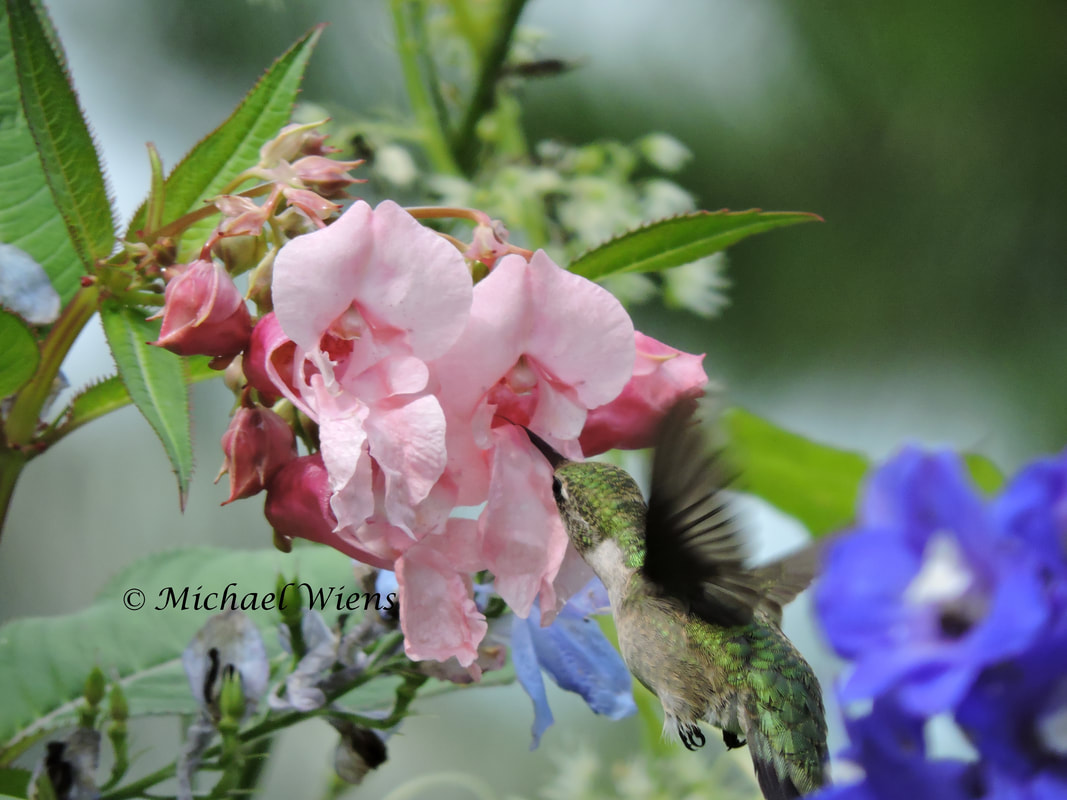 2 years ago, Spring arrived very early. Rufous hummingbirds made it to Alberta just after Mid-April. This year, snow covers most of the Province, with more snow to come. With the ground still frozen, plants will struggle to flower even a month from now. There are positives to a late Spring though. 2 years ago, many of my perennials came up far too early, including my favorite Delphiniums. They flowered far too early, which left slim pickin's for the young hummingbirds leaving the nest in early August. Even though I loved having an early Spring in 2016, it made things a bit difficult for the young hummingbirds before their southern journey. I've never seen a Spring this late in my region, so as long as my perennials survive this long winter, I'm hopeful that my Delphiniums with be in full bloom at just the right time. This is good reason for planting a great selection of hummingbird plants that grow in succession. If you choose a garden that blooms heavy in Spring, you'll have little choice for young hummingbirds later on. Try and choose some plants for early in the season, and then bloomers shortly after that, and continue that pattern throughout the summer up until the time they leave your region. Here's my sequence of bloomer from start to finish. 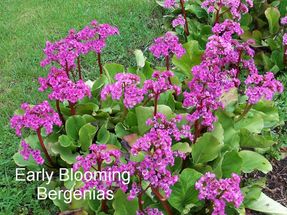 EARLY: Bergenias and Bluebird Clematis are early bloomers in my region. SPRING/SUMMER: Lupines, Siberian Iris, Honeysuckle SUMMER: Delphiniums, Ligularia, Hostas, Maltese Cross, Veronica. This is the time of year that I have this series of plants coming up thick, and in many areas around my garden. I plan heavily for this time of year for when the young hummingbirds leave the nest and are in desperate search of nectar. My peak time in Alberta is July 23 - August 23. To compliment the perennials at their different times, I always have a good selection of nectar filled annuals such as, Zinnias, Vining Nasturtiums, Million Bells(Calibrachoa), Petunias, Cosmos and Fuchsias. Annuals continuously bloom, so they have value from Spring through til frost. Planting in succession will make sure you have variety of hummingbird favorites from the time they arrive to the time they leave. Even if the season is affected like this year will certainly be, your hummingbirds will not be short of options.
This young male Ruby-throat hummingbird spent most of its time in the Delphiniums, but found some value in this Himalayan Balsam. N.E. of Edmonton, Alberta, Canada. August 2017. 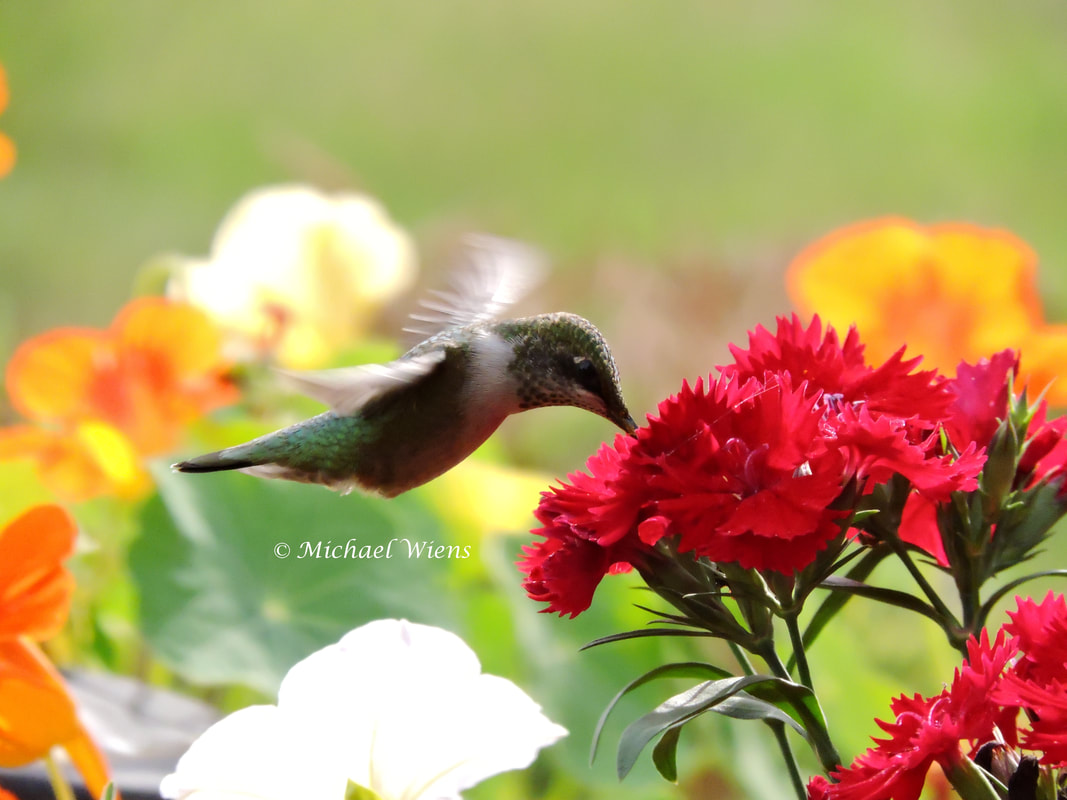 I've always spoken highly of certain flowers such as Delphiniums, Vining Nasturtiums and many others that repeatedly attract hummingbirds, but Dianthus are a good producer as well. As perennials or hardy annual, they tend to attract hummingbirds quite regularly. Over the last decade these flowers have continuously proven to be a worthy flower for the hummingbird garden. However, with their short stems they leave hummingbird vulnerable nearer to the ground. I've made a point to planting shorter annuals in larger pots or on stands to better attract hummingbirds. Even though they still attract nearer to the ground, hummingbirds are extremely wary of predators that lay in the plants. Something that I've noticed repeatedly is that even though predators may not be around the low flowers, hummingbirds still bypass them because of location. A consistent behavior is how they inch towards a flower, and then quickly flare back or just leave without feeding. They've experienced danger before in the low flowers, and become very shy of any flowers near the ground. It's a very good practice to raise up all annuals that don't grow beyond 12 inches, in any hummingbird garden. In fact the higher you raise them, the more productive they'll be. Tall perennials and annuals will always be the safer choice, but if you find a flower that works well for hummingbirds, but it lays closer to the ground, find a solution to raise it up. You will more than double its value to hummingbirds. This young male Ruby-throat hummingbird was captured feeding from the annual Dianthus that we planted in a large planter up on our deck. N.E. of Edmonton, Alberta, Canada. August 2017 |
Archives
June 2024
Categories
All
|
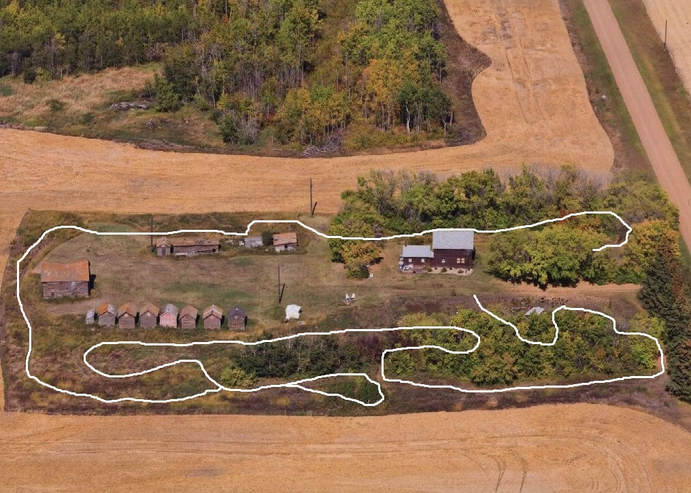
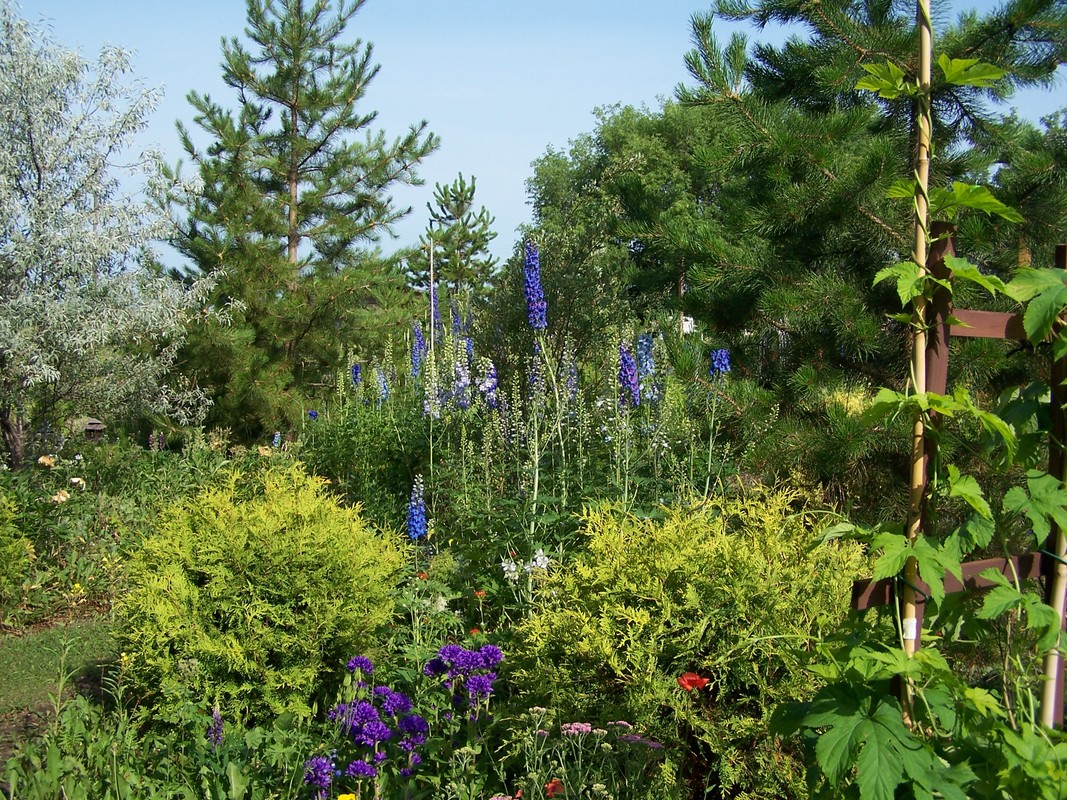
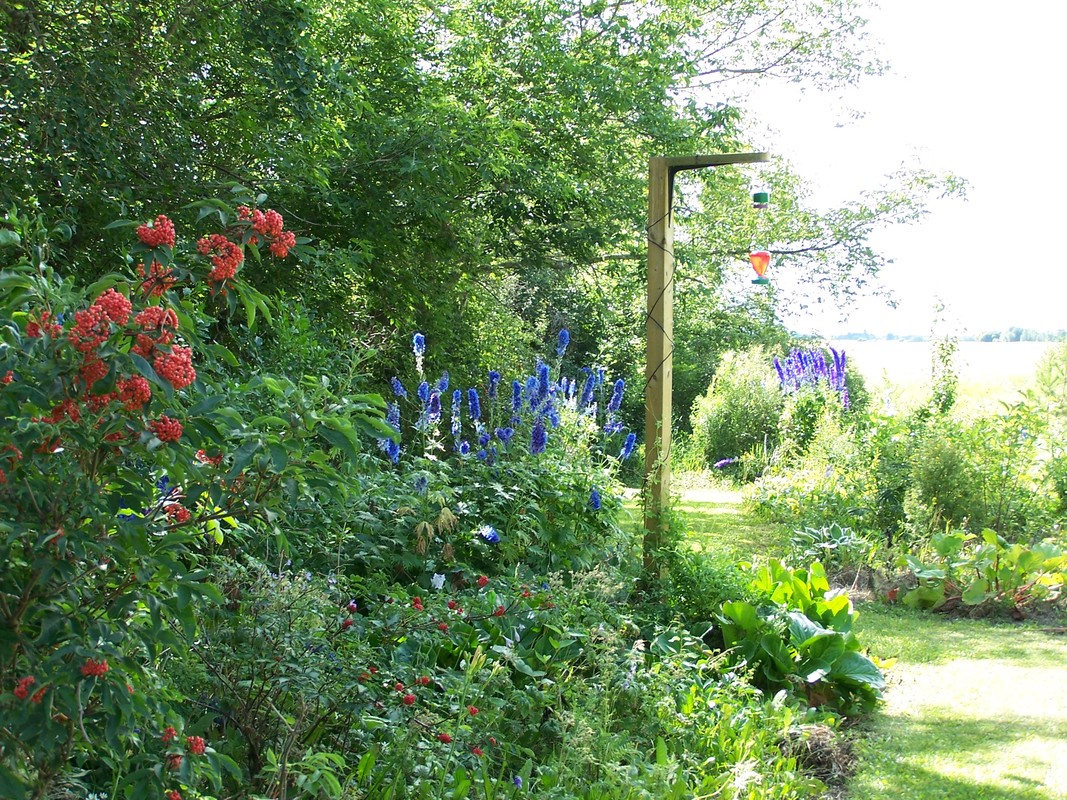
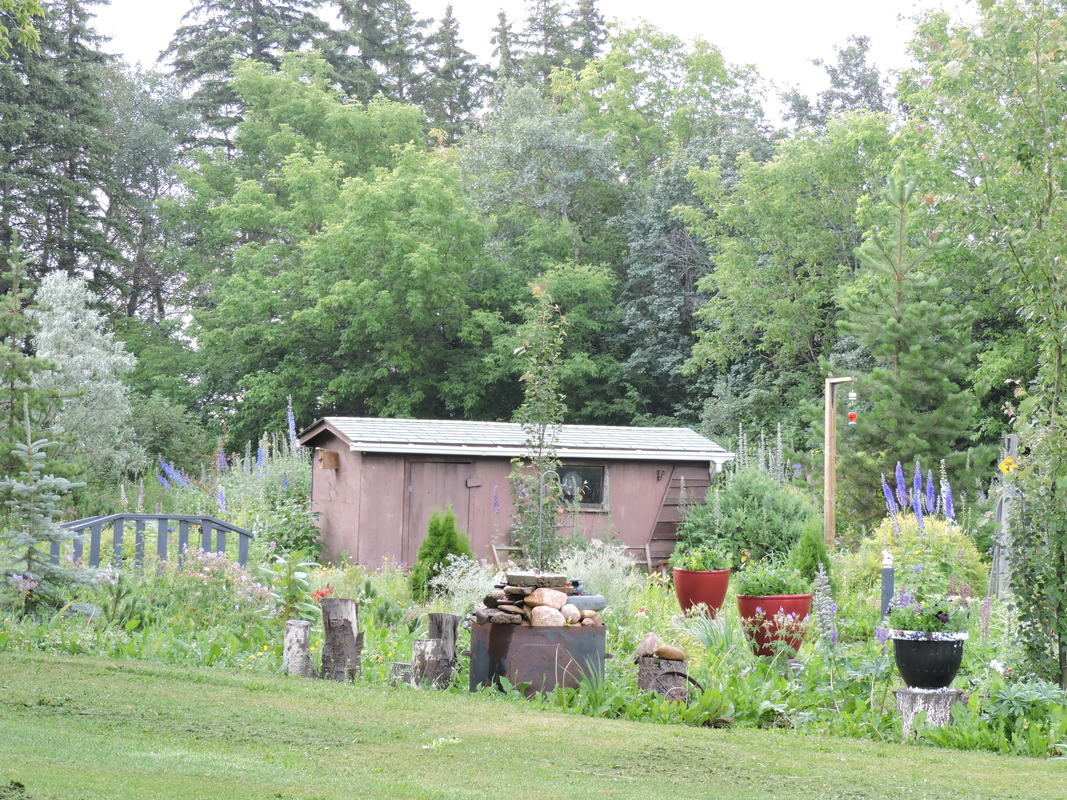
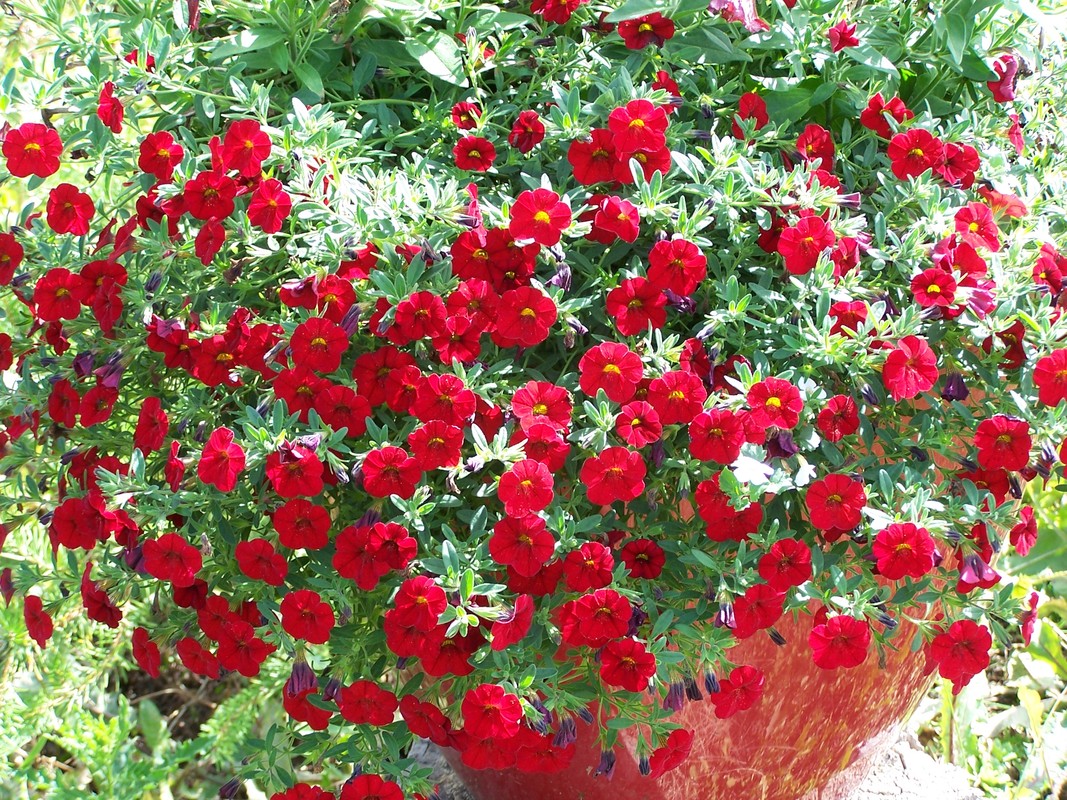
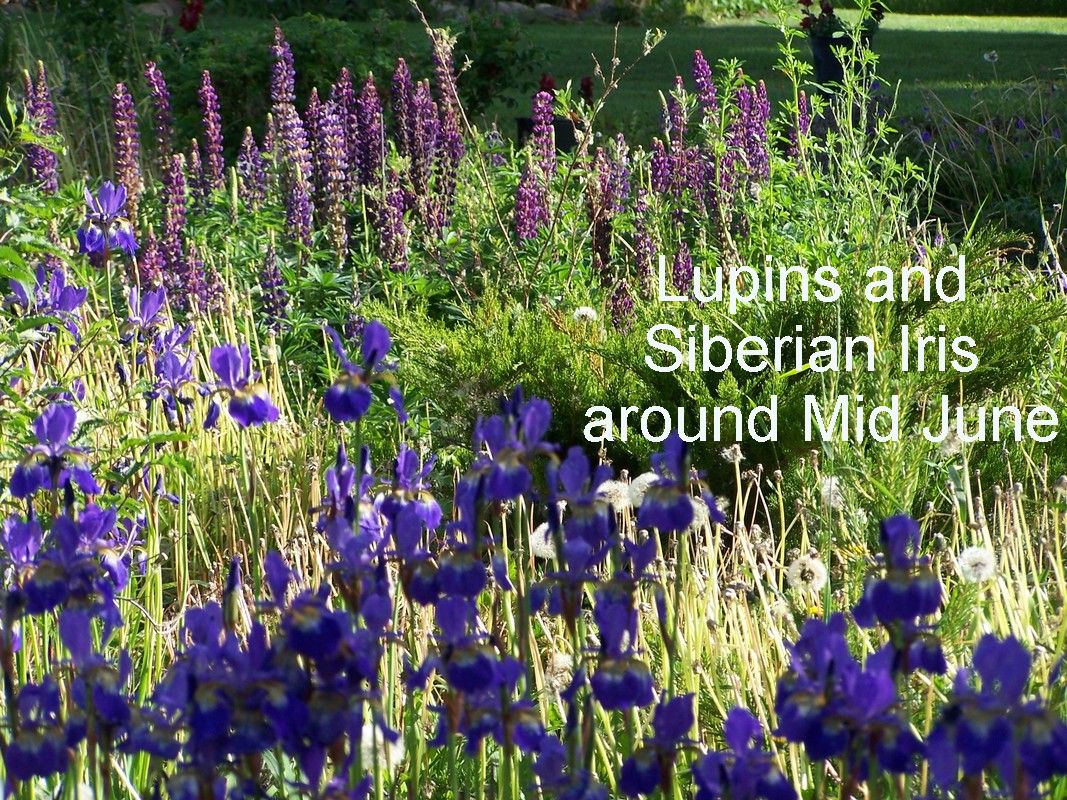
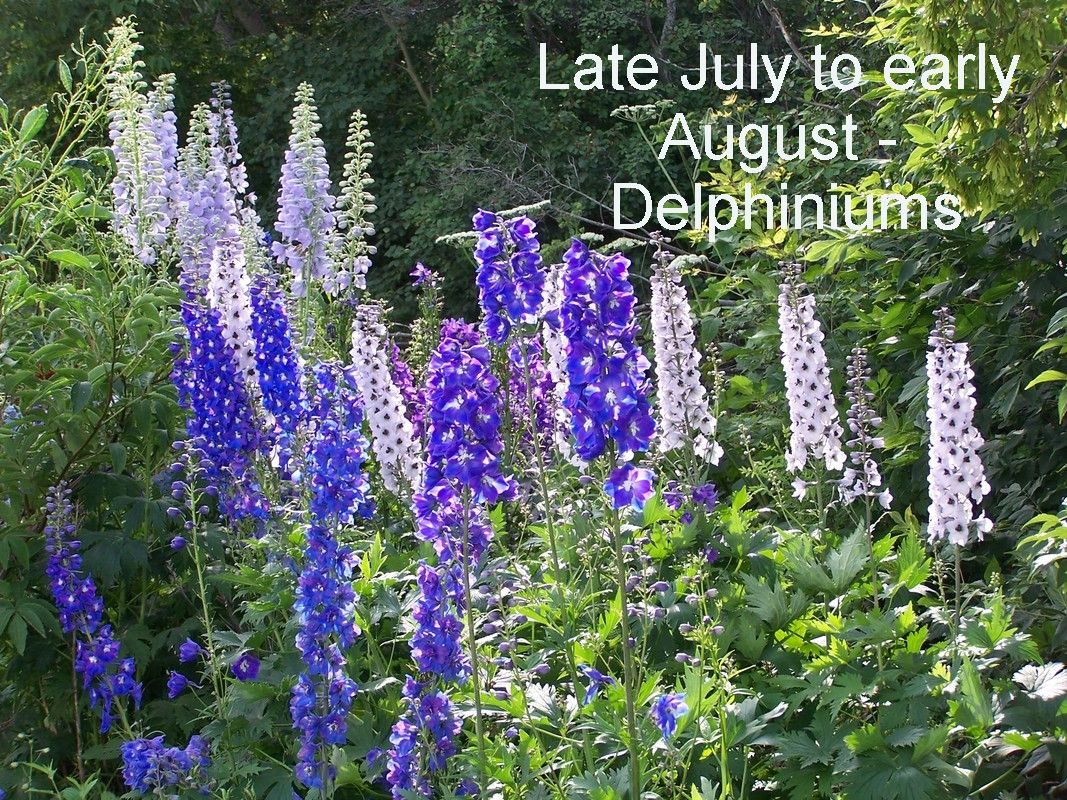
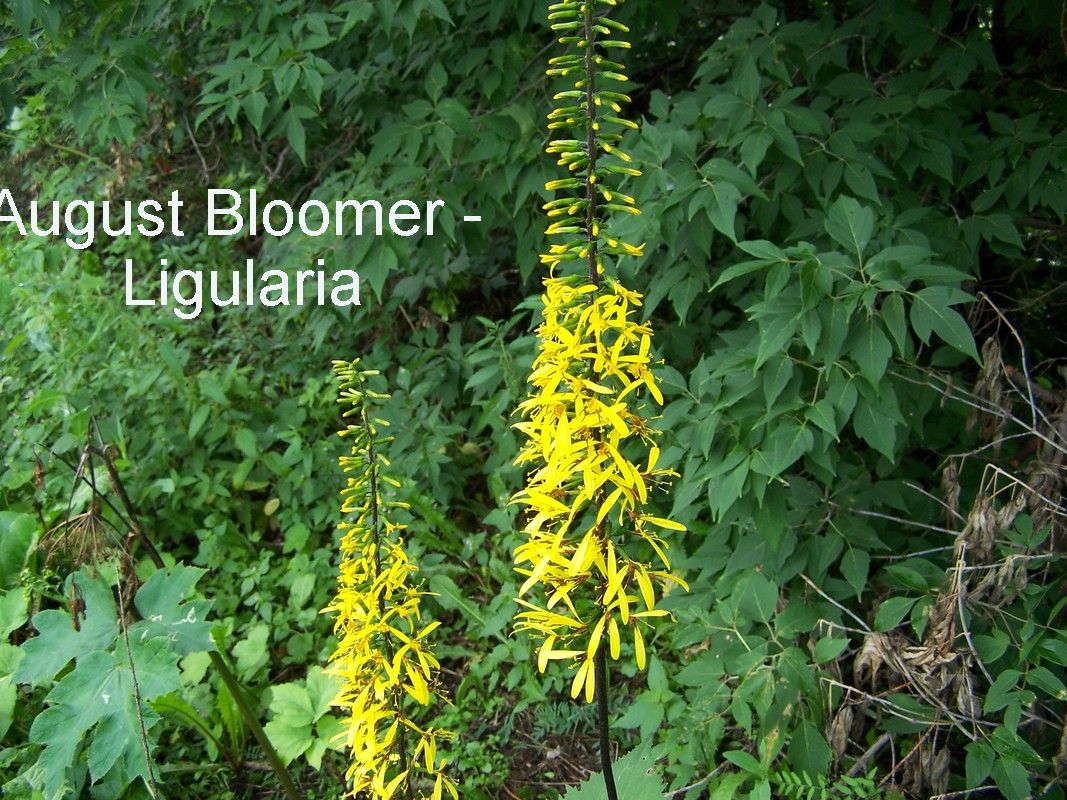
 RSS Feed
RSS Feed
